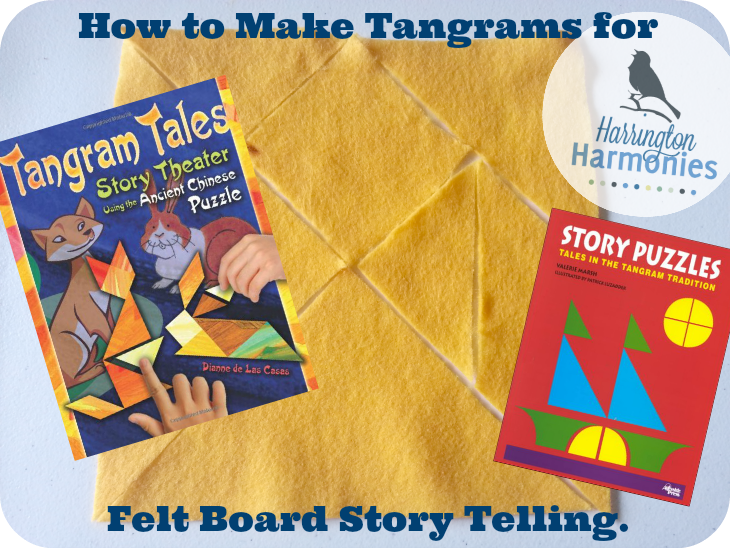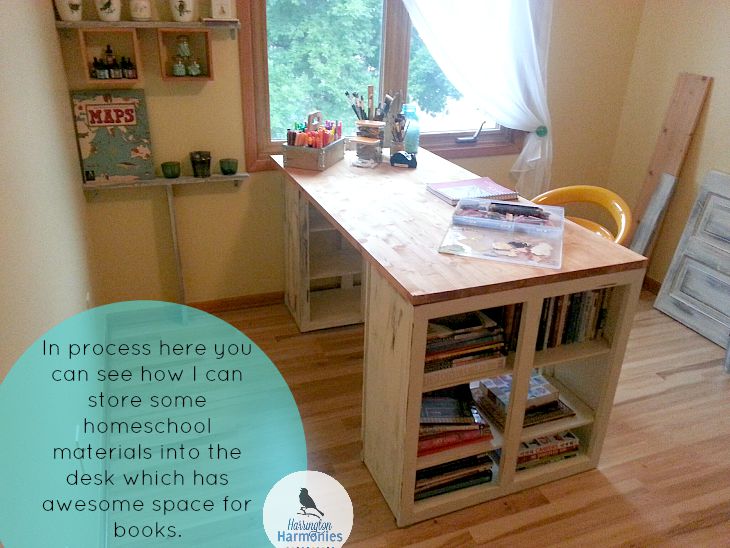 For our Ancient China lesson we told Chinese Folktales using Tangrams. If you’re looking for a book for telling Tangram stories I recommend you get started with Tangram Tales: Story Theater Using the Ancient Chinese Puzzle
For our Ancient China lesson we told Chinese Folktales using Tangrams. If you’re looking for a book for telling Tangram stories I recommend you get started with Tangram Tales: Story Theater Using the Ancient Chinese Puzzle. It is a comprehensive teaching guide and all you would ever need for Tangrams over the course of your homeschooling. It contains a teaching guide as well as 25 simple tales. Story Puzzles: Tales in the Tangram Tradition
gives a bit of background and then goes right into 20 folktales and legends which would be the perfect unit study combined with an Ancient China lesson. Either of these resource books will make a great addition to your homeschool library.
What are Tangrams?
If you’ve never heard of tangrams they are an ancient Chinese puzzle that consist of 7 tans, or shapes:
- a small square
- two congruent triangles
- two large congruent triangles
- a medium size triangle
- a parallelogram

You can make numerous geometric pictures using tangrams. You must follow the basic rules of using all 7 pieces; they must lie flat; all pieces must touch; and no pieces may overlap. Pieces may be rotated and/or flipped to form the desired shape. You can also solve more difficult tangram puzzles by trying to figure out where to place the right geometric shapes to make a particualr solid figure.

How to Make Tangrams From Felt:
Most felt sheets come as rectangles. So the first step of making your own set of tangrams is to make a square out of your rectangle felt piece. You can easily make a perfect square by folding one corner over to the edge.

Cut off the extra piece of rectangle to reveal your square.

Divide the square into two congruent triangles by folding it in half diagonally and cutting into two. If the felt slips on you, then you may want to paper clip each side while you cut. Or, just use a ruler to draw a straight line down the fold for exact cutting.
 Now you should have two large triangles.
Now you should have two large triangles.
Fold one triangle in half. Cut the triangle along the fold into two smaller triangles. Felt will stretch some so just keep that in mind.

With the opposite large triangle, mark half way across the long side. Make a good crease and mark line across for cutting or insert scissors into fold and cut along the edge while the tip is paper clipped to the opposite edge.
You just made the medium triangle by cutting off the top.
Fold the remaining trapezoid in half and cut along the fold.
 On one half of the trapezoid fold the edge to make a triangle and a square and cut on the fold. This produces the small triangle and the small square.
On one half of the trapezoid fold the edge to make a triangle and a square and cut on the fold. This produces the small triangle and the small square.

With the other half trapezoid, fold down a corner to make a triangle and a parallelogram. Cut on the fold.
Now you have made a felt tangram that you can use with a felt board. If you don’t have one, they are easily constructed and can be made by attaching felt to stiff cardboard backing. You can also use old bulletin boards or chalkboards covered with felt.
Now, it’s time to do some story telling with Tangrams!
 Art Around the Ancient World- the line up:
Art Around the Ancient World- the line up:
The following lists each lesson by civilization, what each lesson’s focus will be, and the media/project tutorial.
- Prehistory– Cave Paintings– Painting the Ancient Way
- Sumerians – Ancient Writing -Cylinder Seals in Clay
- Egyptians – Egyptian Art – Text as Texture/ Egyptian Headdress
- Assyrians and Babylonians -Near East Metalworking – Babylonian Art Lesson for Kids
- Phoenicians– Ancient Dyes– Purple Batik Cloths
- Hittites and Ancient Israel– TBA
- Ancient Africa– Akuaba Wooden Doll– African Scratch Art
- Minoan and Mycenaean-Greek Mythology Masks-MinotaurPaper Mache Masks
- Persians– Persian Carpets and Decor- Paper Weaving Project
- Ancient China- Tangrams- (YOU ARE HERE)
- Ancient Greece– Pythagorus – Tessellating Jars
- India- Spice JarLayer Art
- Rome- Mosaics






















